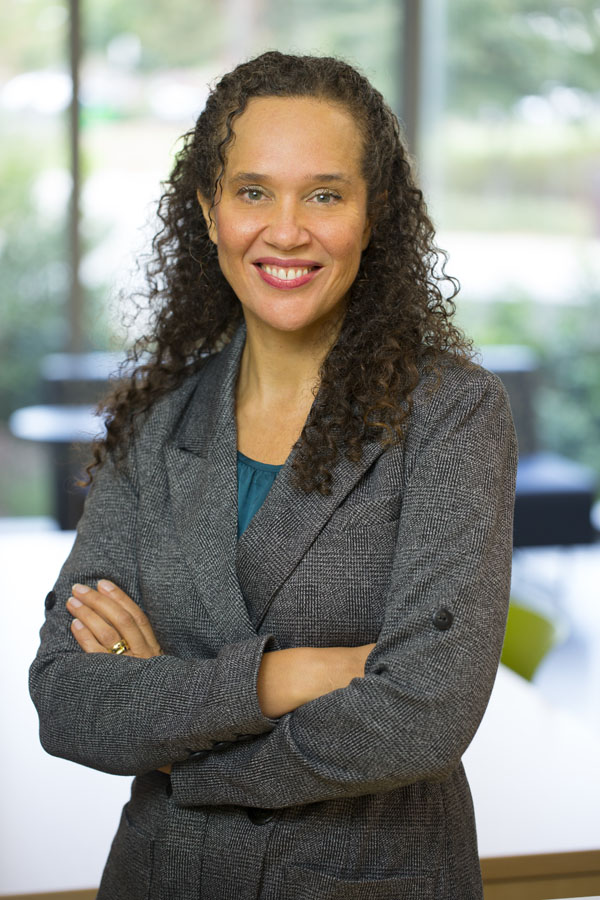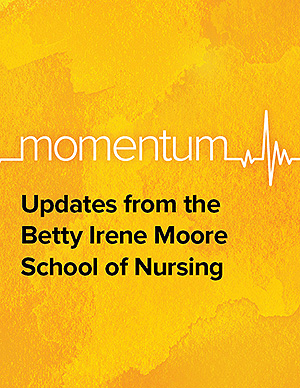Understanding microaggressions, improving retention
Nursing researcher examines experiences of students of color

In addition to her role as associate clinical professor at the School of Nursing, Piri Ackerman-Barger also serves as co-director for the UC Davis Center for a Diverse Healthcare Workforce and co-director for the UC Davis Health Interprofessional Teaching Scholars Program.
Rolling of eyes when a student of color walks by. Receiving stares from white classmates’ eyes when a student of color joins in a classroom conversation. Deleting a student of color’s contribution to a group project or assignment. Overt racism and discrimination are easy to spot. But microaggressions – these daily slights and indignities people from a stigmatized group may experience based on their identity – are subtler.
“It goes from that devaluing of someone to outright acts of sabotage and it happens across health professions schools that focus on diversity and inclusion,” explained Piri Ackerman-Barger, an associate clinical professor at the Betty Irene Moore School of Nursing at UC Davis. “When students are put into that situation, energy diverts away from the frontal lobe of the brain. It can affect short-term memory, the ability to process information and intellectual performance.”
Ackerman-Barger serves as an adviser for the Campaign for Action Equity, Diversity, and Inclusion Steering Committee. She studies the experiences of students from underrepresented groups in health professions schools in order to improve minority retention in nursing and medical schools.
“Students I’ve interviewed across the country tell me they expect to be treated with respect, but they arrive to find it’s not all that inclusive,” Ackerman-Barger said. “It’s an added layer of betrayal that feels like a sucker punch.”
Currently, Ackerman-Barger collaborates with an interprofessional team from the Center for a Diverse Healthcare Workforce at UC Davis, as well as nursing and medical schools from six other universities on a $45,000 research study funded by the Health Resources & Services Administration. Their goal: to gather data that serves as a call to action for health professions schools’ leadership and faculty to implement policies, practices and instructional strategies that support diversity.
In California, Latinos make up 38% of the population, yet only 7% of medical school graduates. African Americans are 6% of the population, but only 4% of new registered nurses and 2% of physician assistant graduates are black. That gap between the racial mix of health care professionals and those in need of health services relies on retaining students in these programs.
“Inclusive learning environments are necessary to ensure that underrepresented minority students not only survive school, but also thrive and reach their full academic potential,” Ackerman-Barger said. “Diversity is central for all health professions to mitigate health disparities and improve patient outcomes.
Ackerman-Barger approaches her work through the lens of a nurse, an educator and a researcher. Each of these identities is crucial because focus on health equity and educational excellence with grounding in data that uses a mixed-methods approach.





